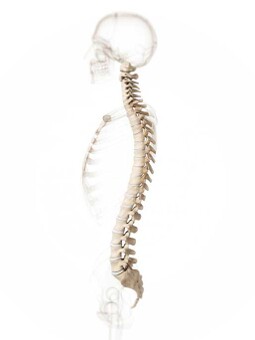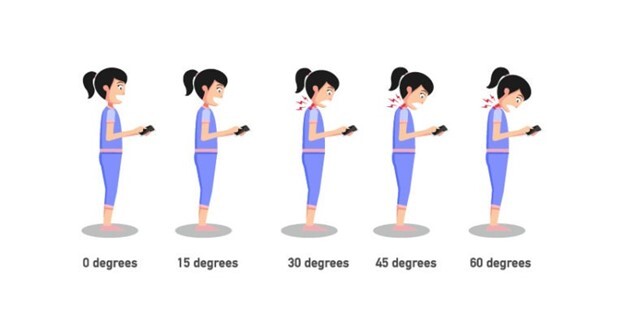Create Balance With Your Posture

Good posture is more than “stand up straight”. Knowing what good posture is can help us all improve our own. The spine has 2 natural curves that you need to maintain. These are the curves found from the base of your head to your shoulders and the curve from the upper back to the base of your spine. When observing your posture, you can use a mirror to line up your ears, shoulders and hips. These points make a straight line, but the spine itself curves in a slight “S”. 
Posture can be changed for the better, but as it likely took a long time to decline, it will take some time to improve. Good postural awareness and habits should be practiced daily - when you’re driving, walking, or even relaxing on the couch. Eventually it will become your body’s natural alignment.
Recently during COVID-19, children and adolescents have new problems to deal with when it comes to spine health. Increased use of computers and phones in poor forward head position puts us at risk of improper posture known as “text neck.” Tilting the head down for hours at a time does more damage than you realize. Did you know that the average human head weights about 12 pounds? As the neck bends forward and down, the head’s weight increases to 27-60 pounds depending on the angle. Imagine carrying an 8 year-old around your neck several hours per day! It can cause soreness, inflammation, muscle strain, pinched nerves, herniated disks, and more. Ultimately, these things can lead to headaches, reduced lung capacity, neurological issues, heart disease and depression.

Educate your kids and yourself on proper work station set up. It's best to be sitting in a regular chair, with your feet on the ground, devices at eye level, and shoulders, back, & neck in neutral position.
Poor posture is not always from a “bad habit” but can be a result of other factors. Inflexible muscles are one example. Tight hip flexors from prolonged sitting can pull the upper body forward and that includes the neck, shoulders, and back. This then changes where our center of gravity is located, which can create balance issues over time. Tight chest muscles are very common with prolonged desk work and can lead to weak muscles in the upper back.. If you are not stretching these areas, you may be at risk of shoulder, neck, and back problems.
Exercise can improve your posture, which leads to better balance. If you are leaning forward while walking and sitting, then you know your balance can be compromised. Start with a self- posture assessment to see where you are. You could also try working with a PT (at PT360 of course!) to learn what areas that are weak & tight, and together come up with a plan. A comprehensive stretching and strengthening program can be beneficial for all of us to keep our posture and balance in check.


